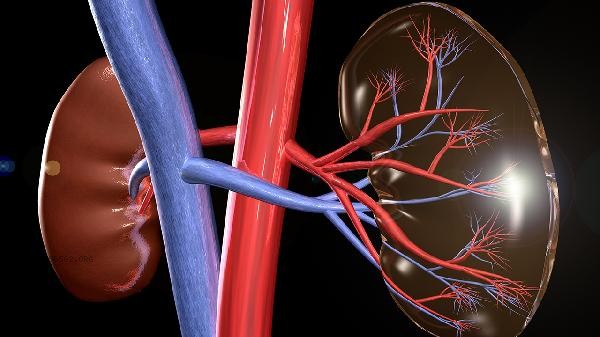When the creatinine value of diabetes nephropathy exceeds 707 μ mol/L, it usually indicates that the patient enters the uremic stage. The diagnosis of uremia requires a comprehensive judgment based on creatinine levels, glomerular filtration rate, clinical symptoms, and other factors. The main influencing factors include the degree of renal failure, proteinuria levels, blood pressure control, blood glucose management effectiveness, and the speed of complication progression.

1. Critical value of creatinine:
Blood creatinine of 707 μ mol/L is a commonly used diagnostic threshold for uremia in clinical practice. Creatinine in patients with diabetes nephropathy continues to exceed this value, indicating that the kidney has lost more than 90% of its function, and dialysis treatment needs to be started. However, some patients may experience symptoms of uremia even if their creatinine level does not reach this value, which is related to individual differences in muscle mass.
2. Glomerular filtration rate:
Estimating a glomerular filtration rate below 15ml/min/1.73m ² is a more accurate criterion for judgment. When diabetes nephropathy progresses to stage 5, even if creatinine does not reach 707 μ mol/L, as long as eGFR is lower than this value and accompanied by edema, anemia and other symptoms, uremia can be diagnosed.
3. Degree of proteinuria:

A large amount of proteinuria can accelerate the deterioration of kidney function. The creatinine of diabetes nephropathy patients whose 24-hour urine protein ration is more than 3.5g continuously rises faster, and may need dialysis intervention when the creatinine level is relatively low. 4. Blood pressure control: Uncontrolled hypertension can worsen kidney damage. The systolic blood pressure of patients with diabetes nephropathy is higher than 140mmHg for a long time, and the creatinine value is about 500 μ mol/L, which may cause uremic symptoms. It is necessary to prepare for renal replacement therapy in advance.
5. Complications progression: When
is combined with severe metabolic acidosis, hyperkalemia, or cardiac dysfunction, emergency dialysis may be necessary even if creatinine levels do not meet the standard. These complications significantly increase the risk of uremia and require dynamic monitoring of blood gas analysis and electrolytes.
Patients with diabetes nephropathy should regularly monitor renal function indicators, and strengthen follow-up frequency when creatinine continues to exceed 200 μ mol/L. Strictly control blood sugar and blood pressure in daily life, adopt a high-quality low protein diet, limit sodium intake, and avoid the use of nephrotoxic drugs. Moderately engage in low-intensity exercises such as walking and Tai Chi to maintain weight stability. When early symptoms of uremia such as fatigue, decreased appetite, and skin itching occur, seek medical attention promptly and have a nephrologist evaluate whether dialysis treatment needs to be initiated. At the same time, pay attention to preventing infections, get vaccinated against influenza and pneumonia, and reduce the risk of acute exacerbation of the disease.









Comments (0)
Leave a Comment
No comments yet
Be the first to share your thoughts!